Eurozone PMI Manufacturing was finalized at 52.1 in June, down from April’s 54.6. That’s also the lowest level in 22 months. Readings of the member states were also weak, with the Netherlands at 19-month low of 55.9, Ireland at 16-month low at 53.1, Spain at 17-month low at 52.6, Germany at 23-month low at 52.0, France at 18-month low at 51.4, Austria at 22-month low at 51.2, Greece at 16-month low at 51.1, Italy at 24-month low at 50.9.
Chris Williamson, Chief Business Economist at S&P Global Market Intelligence said: “Eurozone manufacturing has moved into decline in June, with production dropping for the first time for two years amid a steepening downturn in demand…. The downturn looks set to gain momentum in coming months…. One upside to the recent weakening of demand is an alleviation of some supply chain constraints, which has in turn helped cool inflationary pressures for industrial goods. With the survey data indicating an increasing likelihood of the manufacturing sector slipping into a recession, these price pressures should ease further in the third quarter.”




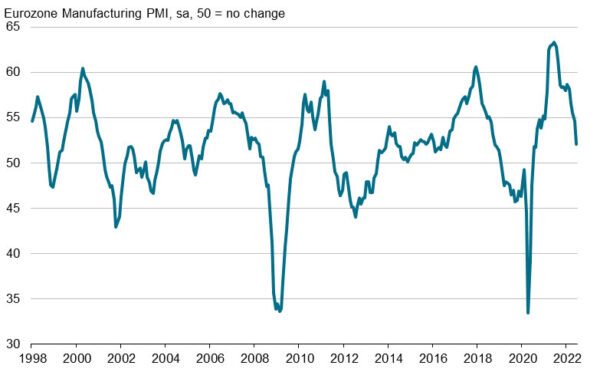
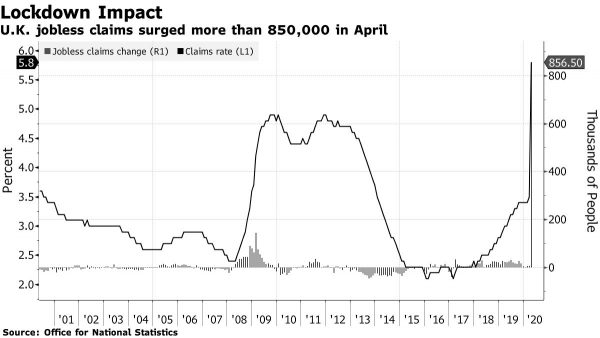
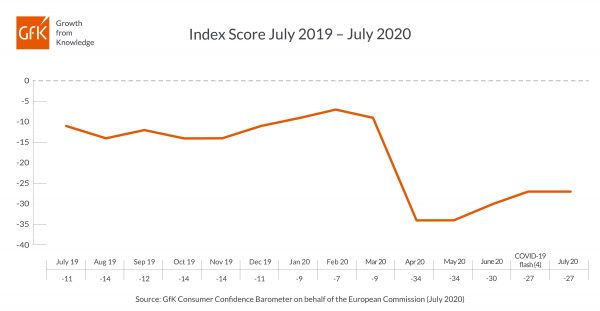
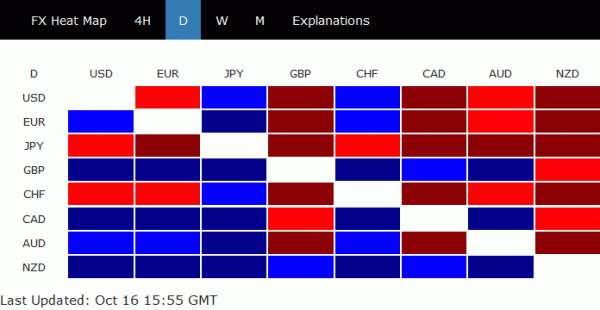
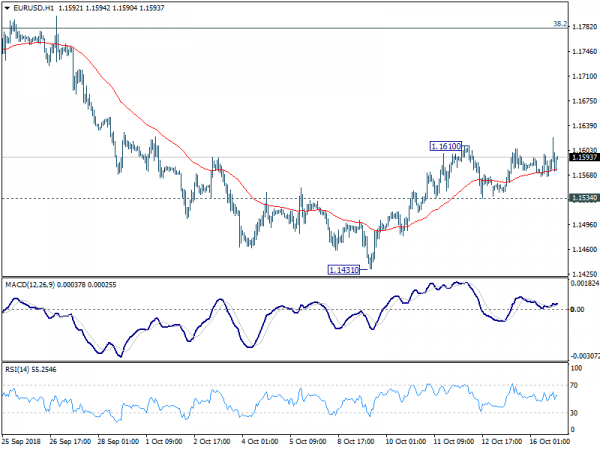
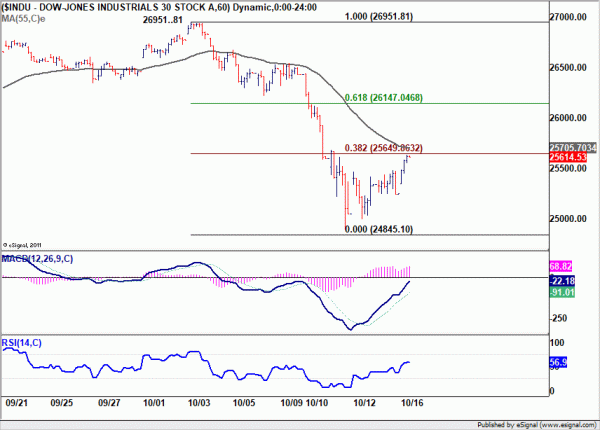
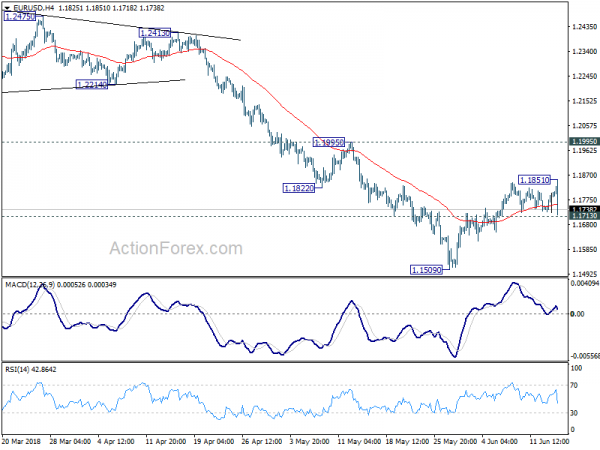
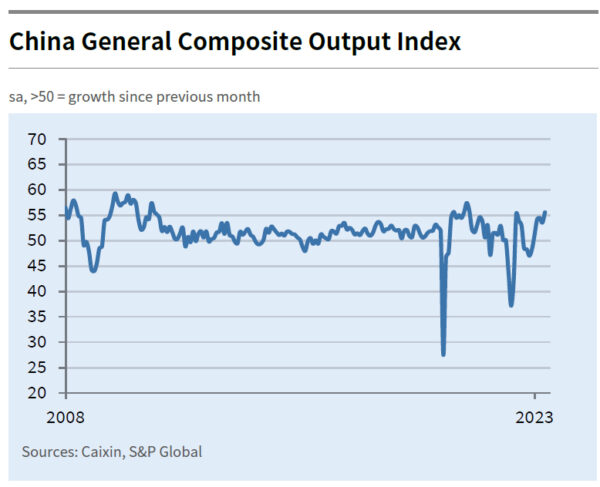
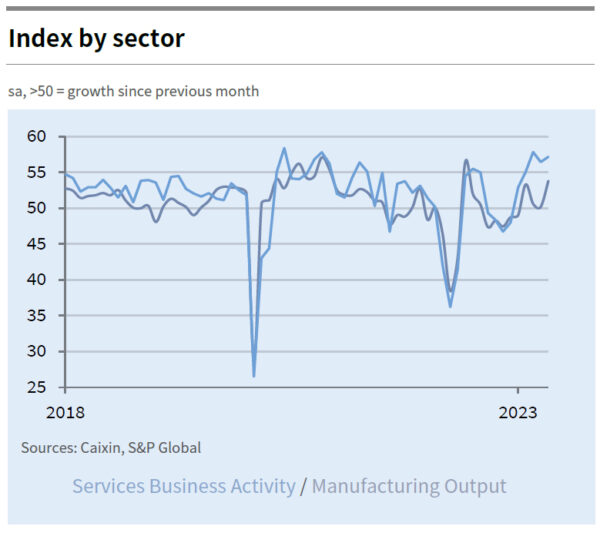
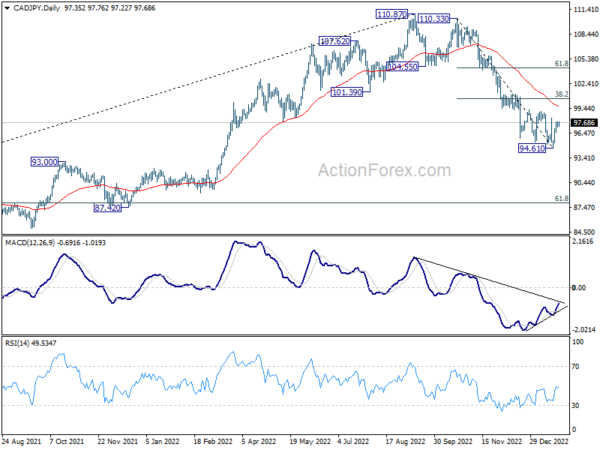
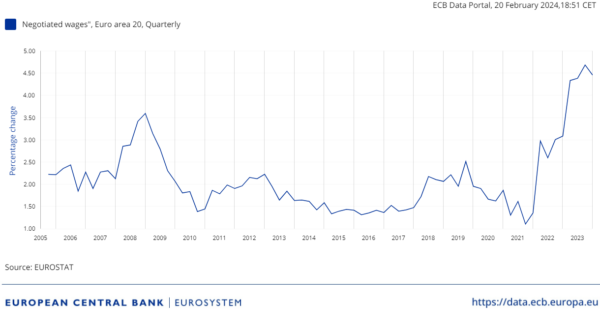
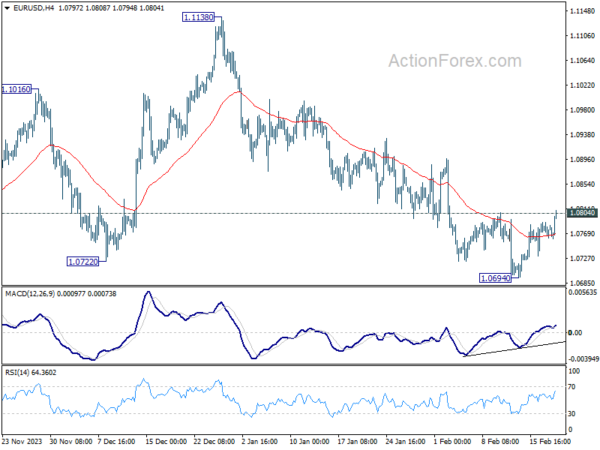
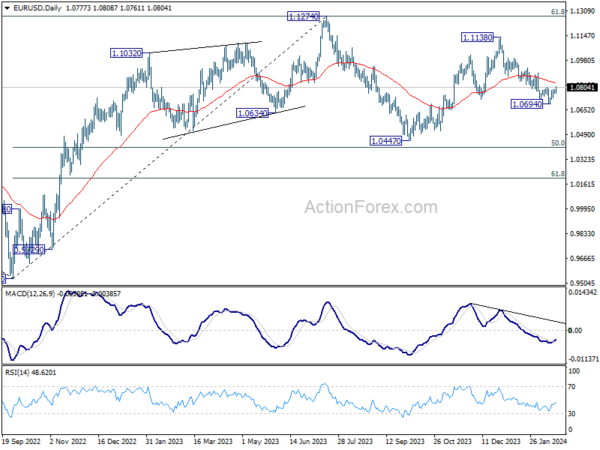
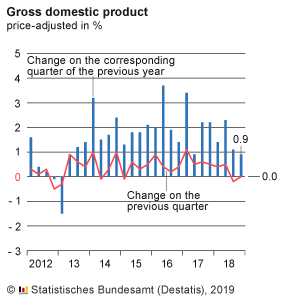

US PMI manufacturing rose to 49, services down to 52.4
US PMI Manufacturing rose from 46.3 to 49.0 in July. PMI Services dropped from 54.4 to 52.4. PMI Composite dropped from 53.2 to 52.0, a 5-month low.
Chris Williamson, Chief Business Economist at S&P Global Market Intelligence said:
“July is seeing an unwelcome combination of slower economic growth, weaker job creation, gloomier business confidence and sticky inflation.
“The overall rate of output growth, measured across manufacturing and services, is consistent with GDP expanding at an annualized quarterly rate of approximately 1.5% at the start of the third quarter. That’s down from a 2% pace signalled by the survey in the second quarter.
“However, growth is being entirely driven by the service sector, and in particular rising spend from international clients, which is helping offset a becalmed manufacturing sector and increasingly subdued demand from US households and businesses.
“Furthermore, business optimism about the year-ahead outlook has deteriorated sharply to the lowest seen so far this year. The darkening picture adds downside risks to output growth in the coming months which, alongside the slowing in the pace of expansion in July, will keep alive fear that the US economy may yet succumb to another downturn before the year is out.
“The stickiness of price pressures meanwhile remains a major concern. As the survey index of selling prices has acted as a reliable leading indicator of consumer price inflation, anticipating the easing to 3% in June, it sends a worrying signal that further falls in the rate of inflation below 3% may prove elusive in the near term.”
Full US PMI release here.